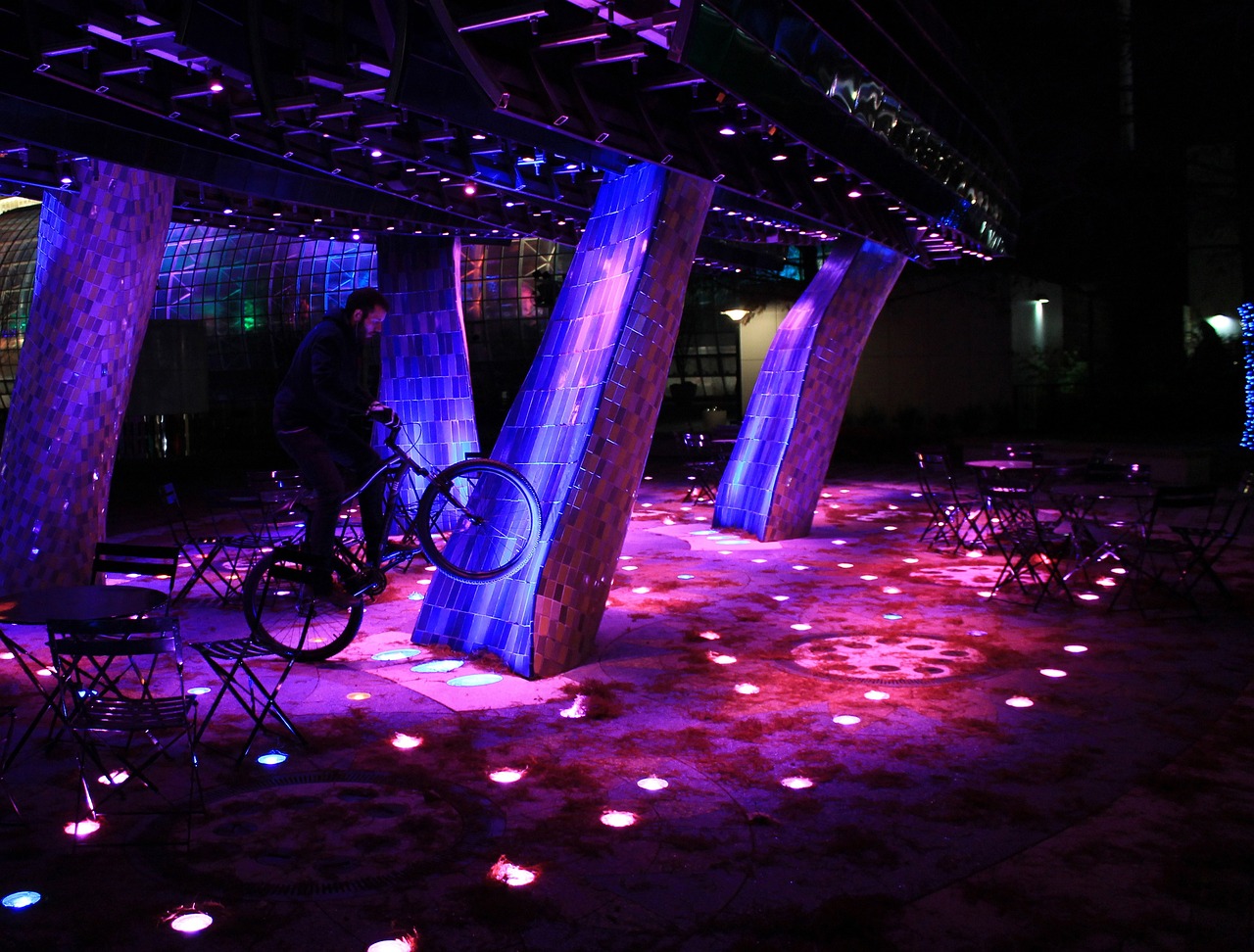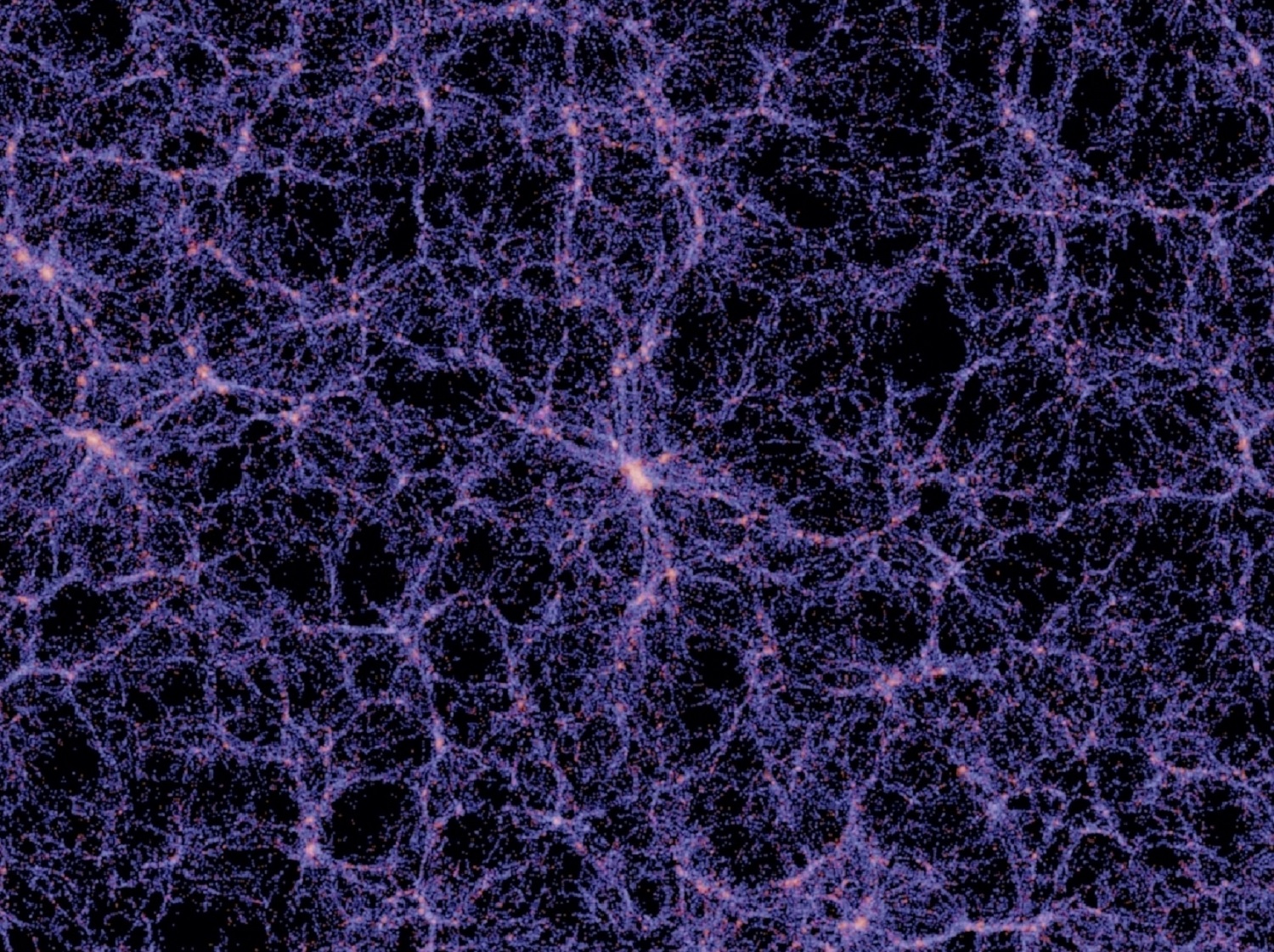Perovskite cells, sometimes simply called perovskites, have a number of interesting properties that scientists are trying to use when designing a new generation of photovoltaic devices. Researchers from the Indian Institute of Technology Mandi published in Solar energy Article describing a duplex perovskite cell.
Read also: Iranian perovskite on the lips of the world. This is where they added material that no one had thought of
It is dual-sided in nature – it can absorb light from both the upper and lower surfaces. What is even more interesting is that the cell is adapted to absorb artificial light. Therefore, it will work perfectly in places where there is no sunlight but power is needed. Good examples of this are shopping malls and supermarkets, the vast majority of which are deprived of sunlight.
The developed model consists of several layers deposited one after the other. Just like the rest of this cell type. The outer transparent layer is made of glass and indium tin oxide (ITO), then we have an electron conducting layer of tin(IV) oxide, then a perovskite absorbing layer, a hole conducting layer of Spiro-OMeTAD, then a gold electrode and finally, at the bottom, the ITO layer. Other.

The perovskite duplex was tested under artificial lighting conditions
When the device was exposed to a 1,000 lux LED, it was discovered that the cell’s power conversion efficiency was a staggering 30.3 percent. The open circuit voltage was 0.93 V, and the short circuit current density was 148.3 μA/cm2Filling factor – 71.7%. The authors of the invention point out that the output power with respect to the surface is exceptionally high (152.01 µW/cm2).
Read also: China’s success in making the era. When perovskite products reach the market, Europe will be jealous
This high efficiency is definitely related to the dual nature of the cell. However, each side absorbs light differently efficiently. The upper deck had an energy conversion efficiency of over 30 percent, while the lower deck was only 22-23 percent. Both results can be considered high.
Read also: Nothing can stop this. Perovskite Poles received unimaginable support
However, let’s also keep in mind the other side of the coin when it comes to perovskite-related research. All models are laboratory models only. Amazing performance or power output does not necessarily mean it will be high in the case of a commercial product. The Indian scientists primarily wanted to make the scientific world aware that perovskites can also be two-sided and offer a number of advantages that bring them closer to practical use in the (near) future.

Echo Richards embodies a personality that is a delightful contradiction: a humble musicaholic who never brags about her expansive knowledge of both classic and contemporary tunes. Infuriatingly modest, one would never know from a mere conversation how deeply entrenched she is in the world of music. This passion seamlessly translates into her problem-solving skills, with Echo often drawing inspiration from melodies and rhythms. A voracious reader, she dives deep into literature, using stories to influence her own hardcore writing. Her spirited advocacy for alcohol isn’t about mere indulgence, but about celebrating life’s poignant moments.


![Martin Scorsese’s “Blood Moon” will be a sensation [RECENZJA] Martin Scorsese’s “Blood Moon” will be a sensation [RECENZJA]](https://ocdn.eu/pulscms-transforms/1/YbMk9kpTURBXy8wYWFiYWMxNDJkM2U4YmU5MjEwNThhMzhmYThiNjAyNy5qcGeTlQMAzQINzRdwzQ0wkwmmOTQ4N2YzBpMFzQSwzQJ23gABoTAB/robert-de-niro-i-leonardo-dicaprio-w-filmie-czas-krwawego-ksiezyca.jpg)






